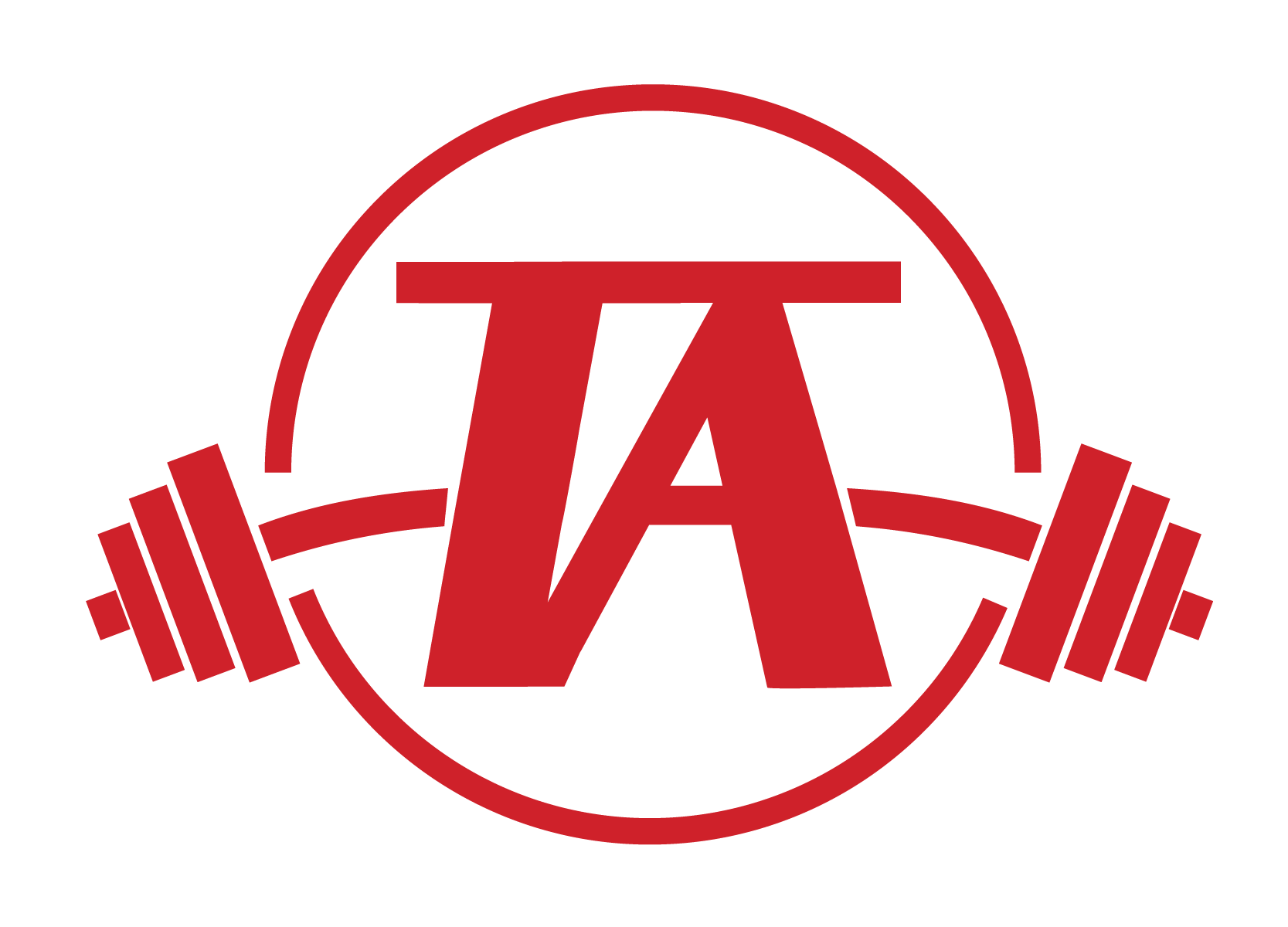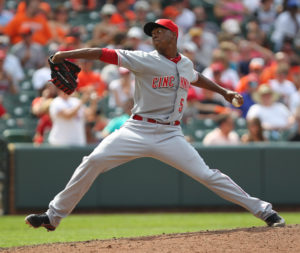The guiding principle of training is specificity, such that when building a program for athletes of any stage the first factor you must consider is the specific actions of their sport. Meaning, the movements that are fundamental in producing elite and durable athletes in that sport. The principle of specificity will then guide how you build the rest of the athlete’s training program. For example, an elite powerlifter’s program is probably going to look considerably different than an elite baseball pitcher’s program.
The differences in programming are due to the fact that specificity for a powerlifter means 1RM’s in the bench press, squat, and deadlift, while specificity for a pitcher means throwing a 5oz. ball at maximum effort 20-120 times per game. Obviously, the demands on their bodies are very different, therefore, the qualities that allow them to perform at their peaks will also be different.
However, while specificity is extremely important for elite level athletes with an advanced training age, specificity is much less important for young athletes and beginner level trainees. Since these athletes generally have very low levels of muscle mass and strength, improving these qualities will often improve sports performance, without a focus on sport specific skill work. Their improved performance will likely be due to an increased work capacity and power output that these athletes will then be able to apply to their sport specific movements.
Programming without significant specificity, especially for beginners, can be a tough sell because many people see what elite level athletes are currently doing, and often disregard the training they did prior to reaching their elite status. Most elite level athletes move very well outside of just a sport specific context (or at one time did). This athleticism, or kinetic intelligence (understanding how your body moves), allows safe and effective changes to sport specific patterns. Beginners can gain kinetic intelligence with exposure to a variety of stimuli and movement requirements, such as playing multiple sports. Overall, playing a variety of sports over time can be very beneficial to an athlete’s long-term athletic development. While you do not need to play multiple sports in order to progress as an athlete, you also can’t have young athletes only do their sport specific patterns and expect that they will show improvement. Therefore, single sport youth athletes require special attention during program design because they are relying on their training to expose them to a variety of movements.
Training only the movement patterns required for your sport is like doing only 1RM’s every week and expecting to get stronger. You may see some improvements early on, but eventually your progress will stall if you don’t focus on hypertrophy (muscle building) and strength through slightly higher rep ranges (3-6). By simply doing maximum effort, sport specific movements, not only do you miss important training qualities, but you also put excessive stress on your central nervous system, making it difficult to recover and train at a high level.
For example, pitchers, who go out and throw at max effort all the time will make some initial improvements. However, like with the 1RM’s, they will stall well before they reach their genetic ceiling, and often set themselves up for injury. Testing, such as throwing max speed for a pitcher, is an important part of every program, but is just a small piece of the overall training program. Testing can’t be the whole program or you will never build anything or make any meaningful changes. Along with high intensity days, you need medium and low intensity days so that you are able to recover and build on your current ability level.
Whether it’s just one offseason, or an entire career, working from general to specific movements is a solid long term strategy. Ultimately, you need to build a foundation of good movement patterns, strength, and muscle mass because these will allow you to adapt to more specific and stressful demands faster with a lower injury risk.
Stay tuned for Part II!
Resources
Photo:
“Cincinnati Reds relief pitcher Aroldis Chapman (54)” by Keith Allison
“Owning the bench press” by Senior Master Sgt. Andrew Traugot


